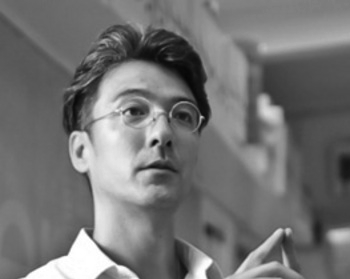CHARLES TSUNASHIMA
PEOPLEText: Antoine Revoy
Charles Tsunashima is a French/Japanese multidisciplinary designer, notably active in the fields of interior architecture, furniture and product design. His work is renowned for its exquisite craftsmanship and sophisticated form. Charles has the rare attribute of performing every single operation of the making process, from conceptualization to hand and machine manufacturing, which confers to his work an exceptional design integrity. He has previously worked for Issey Miyake and Knoll, studied Industrial Design and Textiles at the Rhode Island School of Design (“RISD”) and currently teaches at the Tama Art University. In 2006, he established his own design agency, genereight, in Sumida—the historic district of craftsmanship and industry in Tokyo.
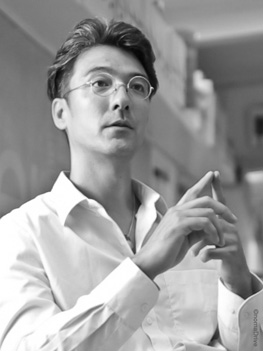
Please introduce yourself and your design philosophy.
I am a person at the crossroads of Eastern and Western cultures and a creator at the intersection of design, art and craft.
My outlook on life and design can be described by what I call the Record/Play philosophy, a somewhat 80s metaphor. “Record” and “Play” were the red dot and black triangle you used to find on audio cassette tape players and you had to press the two together in order to record. Well, I feel like life in general is sort of like that: we learn (record) and we live (play). You know, you play some from here, you replay some from then and all the time you’re recording the now. I guess what I mean by “record, play” is that every part of my life informs and influences every other part of my life.
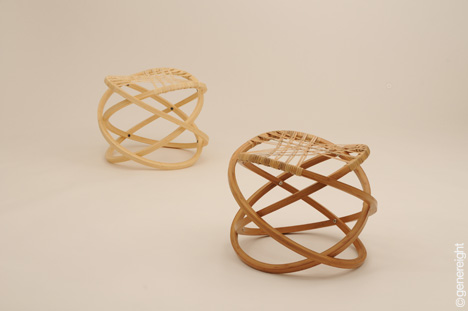
In a few words, how do you feel that each facet of your multicultural background—Japanese and French heritage, training in America—informs your aesthetics and design sensibility.
I love the Japanese pared down essentialism, the French joie de vivre and elegance, as much as American pragmatism and innovative perspective.
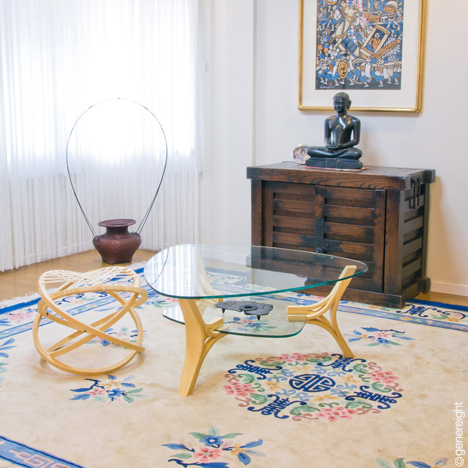
Would you mind telling us about your design company, genereight?
The name genereight is a blend between the word generate—in my interpretation, to develop, express, and disseminate— and the number 8, which on its side is the symbol of infinity. It’s sort of my aspiration towards creation.
The company motto is “handcrafted ambient refinements” and it provides a variety of services related to interiors, with a focus on furniture. It has a broad interaction range including in house design/manufacturing, consultancy, collaborations, wholesale and retail.
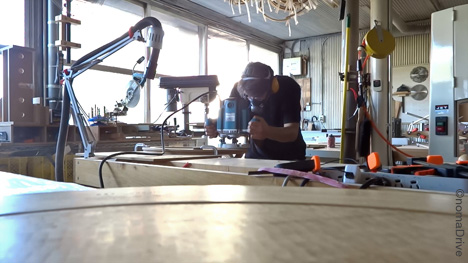
What are your main daily occupations?
As the principal of genereight, I do everything from design to being the accounting lady and the janitor.
This hands-on approach allows for the different branches of activity to coexist in synergy. For example the wholesale effort demands low prices and efficient production techniques which means that they tend to be fast pace designs, while the in-house furniture production is a very detailed proposition which allows for a comparatively substantial design development process but also demand a higher price point. The synergistic part is that all the different branches again inform, influence and drive each other.
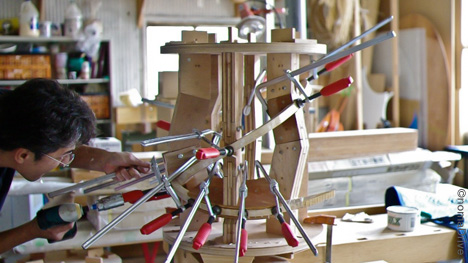
Your current furniture items are intrinsically related to—and inspired by—the qualities of bamboo. In the immediate future, do you intend to further investigate the potential of this remarkable resource? Or are you contemplating extending to other materials?
As you mentioned, genereight’s designs are inspired by the properties and possibilities of not just bamboo but of any material. This perhaps is also my French influence but I focus on what is called “matières nobles” or noble materials, which loosely translates as unprocessed natural materials such as glass, wood, marble etc.
That being said bamboo really answers to so many aspects—environmental concerns in terms of sustainability as a renewable material, its remarkable strength and agility to be shaped—that I don’t see this material leaving my vocabulary anytime soon.
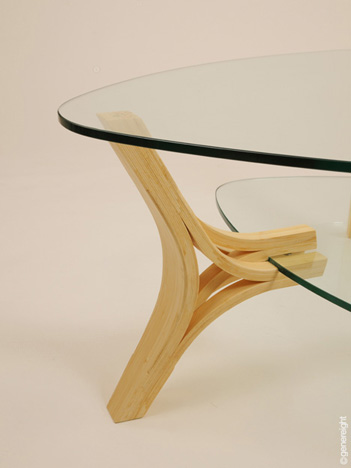
Do you have a breakthrough or milestone piece among your body of work (whether childhood, student or professional work)? Memories of a little moment in which something clicked? If so, would you mind articulating how and why this particular creation was significant in your development?
I have to say “Daruma” is probably the most concise piece so far, in fact, defining both my cultural influences and the convergence of art, design and craft.
As to a moment of clarity I would say my first year at RISD was likely the most significant moment and it still influences my decisions today. As a relatively over confident high school graduate, I thought I was the next Picasso but I quickly realized, surrounded with equally if not more talented people, that it was just the beginning of the floor, as I knew it, being taken from under me. To this day I question stereotypes and my own biases as those are the elements that limit my imagination.
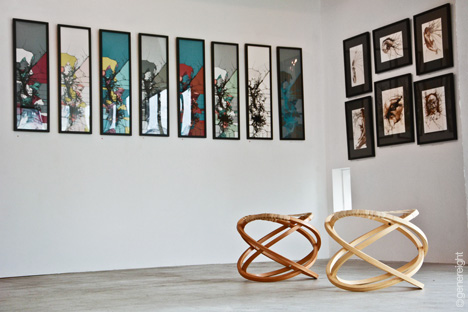
Where can readers view your creations?
My work is crafted to order so you can either visit genereight.com or contact me for an appointment to my studio/showroom. I also occasionally showcase my work in solo or group exhibits such as the most recent one at Playroom-Shibuya. I’ve also recently collaborated with video artist Kenji Itagaki (nomaDrive) on a short documentary, window into genereight, in which you can get an inside look at my process and take a virtual tour of my workshop.
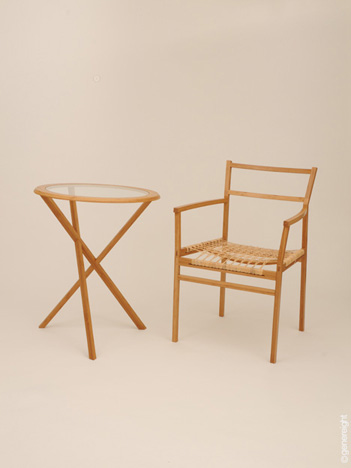
On the side of your activity as a designer, you teach a course named Future Craft at the Tama Art University. What advice would you like to give to aspiring furniture designers?
Yes, I was a co-instructor for the “Pacific Rim Studio”, a collaborative studio between the Tama Art University and Art Center College of Design (Pasadena) and the 7th collaborative studio, “Future Craft,” focused on traditional Japanese craft and its convergence with commercial design. It was a terrific exercise from the design side as the Japanese crafts carry unparalleled cultural value and from the craft side it was a great opportunity to merge with contemporary values.
As to advice to future designers: Take matters into your own hands and off your screens!
Text: Antoine Revoy

